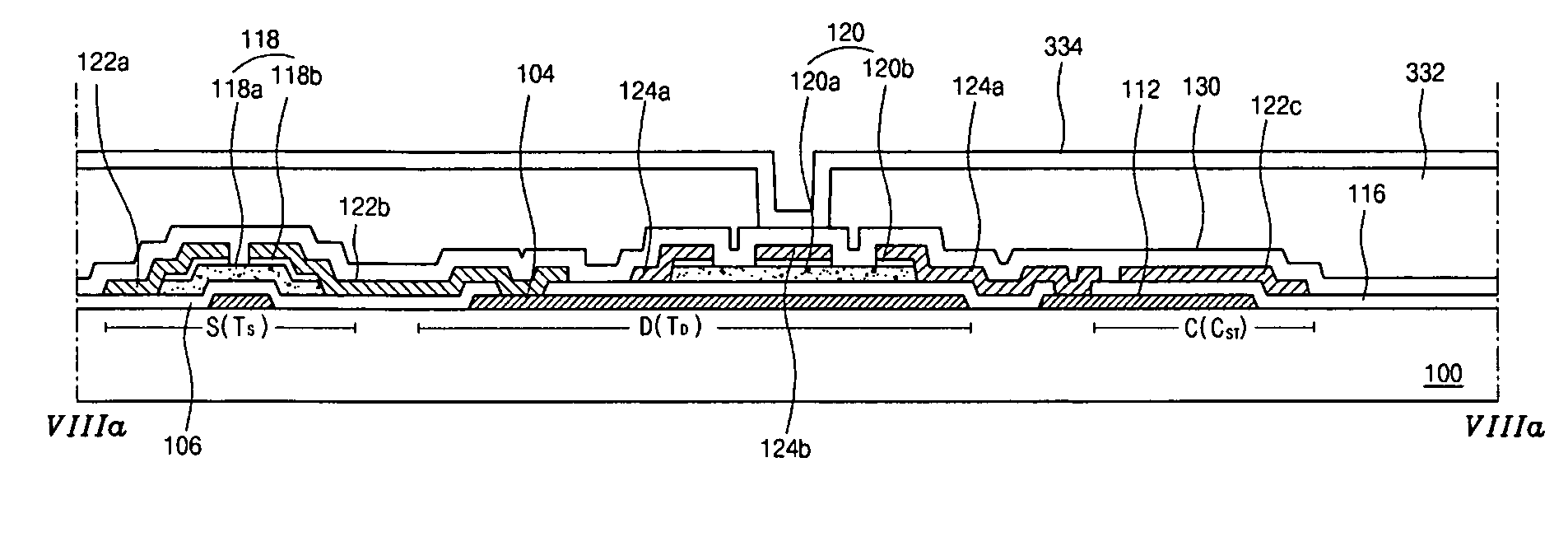Dual panel type organic electroluminescent display device and method for fabricating the same
a display device and electroluminescent technology, applied in the field of dual panel electroluminescent display devices, can solve the problems of deterioration of brightness, limited display size large power consumption of passive matrix organic eld, so as to improve brightness, reduce product cost, and simplify production process
- Summary
- Abstract
- Description
- Claims
- Application Information
AI Technical Summary
Benefits of technology
Problems solved by technology
Method used
Image
Examples
Embodiment Construction
[0049]Reference will now be made in detail to the preferred embodiments, examples of which are illustrated in the accompanying drawings.
[0050]FIG. 6 is a cross-sectional view of an organic ELD according to an embodiment of the invention. As shown in FIG. 6, an organic ELD “EL” includes a cathode 200 connected to the array element (not shown) on a substrate 100, an electron injection layer 202 on the cathode 200, an electron transport layer 204 on the electron injection layer 202, an emitting layer 206 on the electron transport layer 204, a hole transport layer 208 on the emitting layer 206, a hole injection layer 210 on the hole transport layer 208, and an anode 214 over the hole injection layer 210. The anode 214 can be made of a transparent conductive material, such as indium tin oxide or indium zinc oxide.
[0051]A buffer layer 212 is disposed between the hole injection layer 210 and the anode 214 to prevent damage to the hole injection layer 210 during deposition of the anode 214 ...
PUM
 Login to View More
Login to View More Abstract
Description
Claims
Application Information
 Login to View More
Login to View More - R&D
- Intellectual Property
- Life Sciences
- Materials
- Tech Scout
- Unparalleled Data Quality
- Higher Quality Content
- 60% Fewer Hallucinations
Browse by: Latest US Patents, China's latest patents, Technical Efficacy Thesaurus, Application Domain, Technology Topic, Popular Technical Reports.
© 2025 PatSnap. All rights reserved.Legal|Privacy policy|Modern Slavery Act Transparency Statement|Sitemap|About US| Contact US: help@patsnap.com



